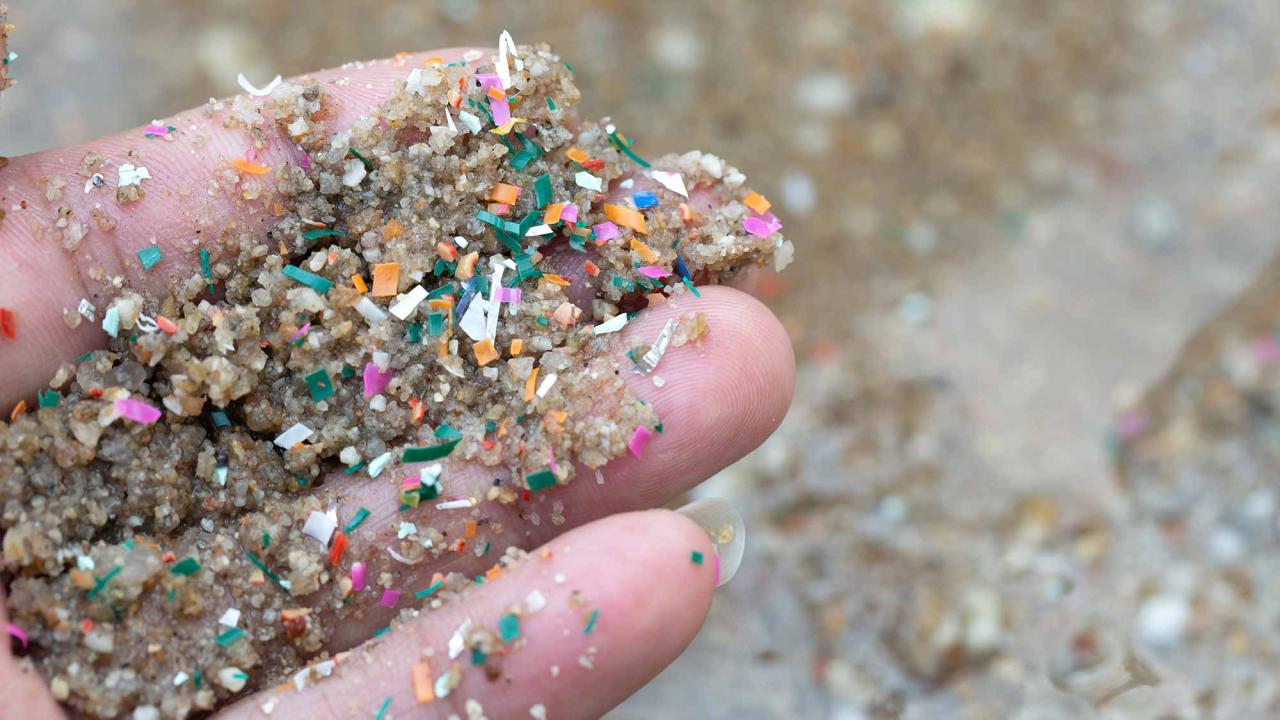While photos of littered beaches and floating garbage patches are unsettling, perhaps the most problematic plastic is barely visible to the naked eye. Called microplastics — chunks less than 5 millimeters across — these bits have been detected everywhere from Arctic sea ice to national parks.
These pervasive particles are harder to clean up than larger plastics, allowing them to accumulate in the environment and inside living creatures. As their quantities rise, UC Davis researchers are racing to understand the risks they pose to ecosystems, animals and humans.
“If these things are getting into our drinking water sources, we should really care,” said Katie Senft, a staff research associate at UC Davis’ Tahoe Environmental Research Center, “especially if they’re not going anywhere and we don’t know the long-term implications.”
The problem of microplastics
There are two main types of microplastics. One is primary microplastics, which are small to begin with, like the microbeads sometimes added to personal care products. Then there are secondary microplastics: fragments, fibers and films that break off from larger waste plastics not properly disposed of in the landfill or recycling center.
While cheap to produce and versatile, plastic doesn’t decay in the same way a banana peel or raked leaves do. Plastics are manufactured from oil and natural gas and made of repeating chains of carbon molecules, with extra chemicals added to improve their structure. But those durable polymers don’t decompose into simpler molecules like food waste does, at least not in a timeframe that anywhere near keeps pace with the volume of plastic winding up in the environment.
Instead, once in the environment, the forces of the sun, wind and water weather plastic into smaller pieces that still have the same chemical structure. The half-life of a piece of plastic in the environment can be over 1,000 years. “You have these packages of polymers wrapped up with dyes and other chemicals, and they just don’t separate into their natural pieces,” said Senft. “They only get smaller and smaller over time, making them more and more difficult to remove, and they persist in the environment eternally.”
Polluting pristine waters
In 2018, Senft began peering into the seemingly pristine waters of Lake Tahoe in search of microplastics. Every month for a year, her team piloted boats across transects of the lake, towing nets with holes small enough to filter coarse ground coffee. The researchers took the contents of the nets back to their lab, where they separated out organic material like pine needles. Then, they handed over the samples to Jenessa Gjeltema, an associate professor of medicine and epidemiology in the School of Veterinary Medicine, whose team used a laser analysis that detected different kinds of plastic.
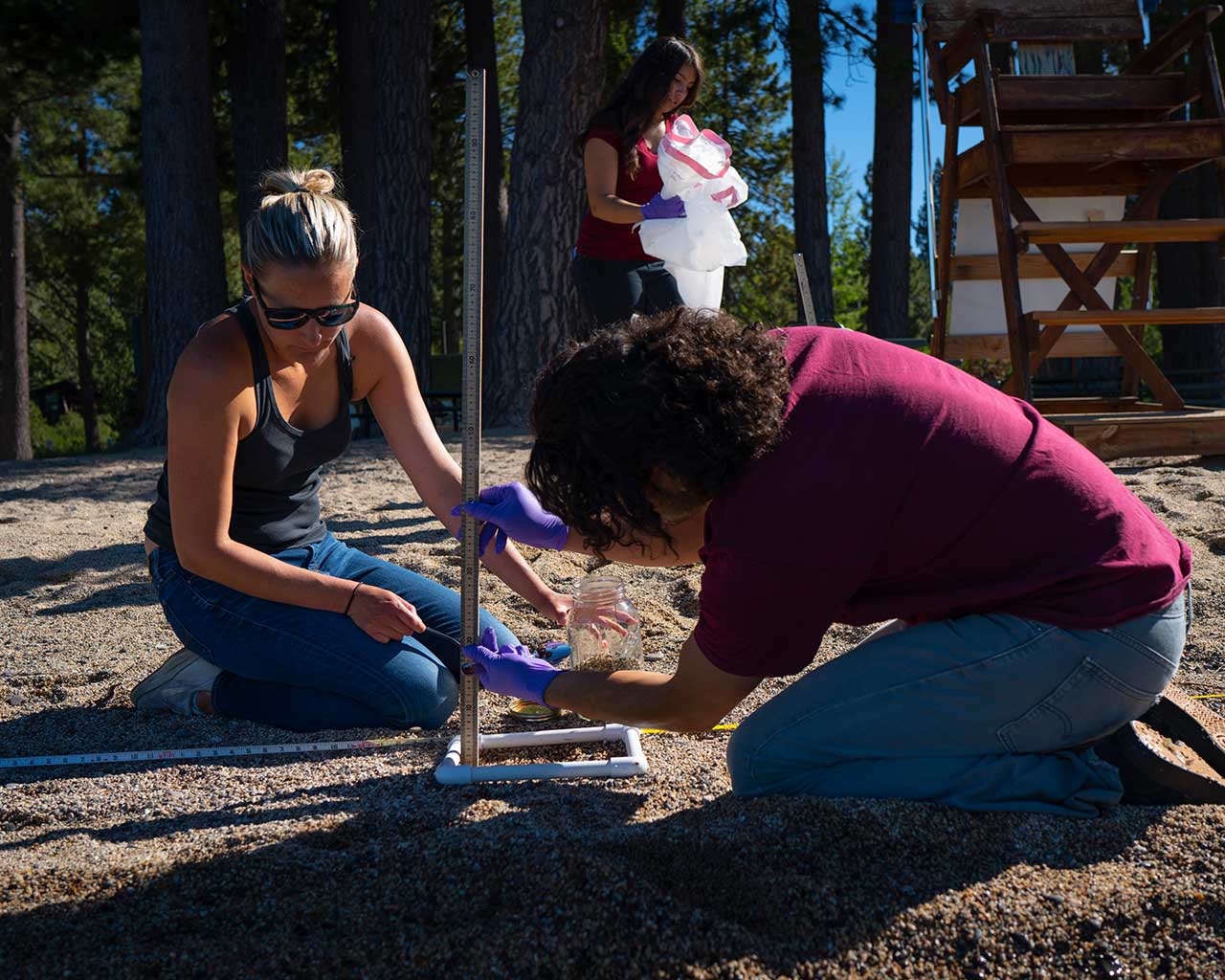
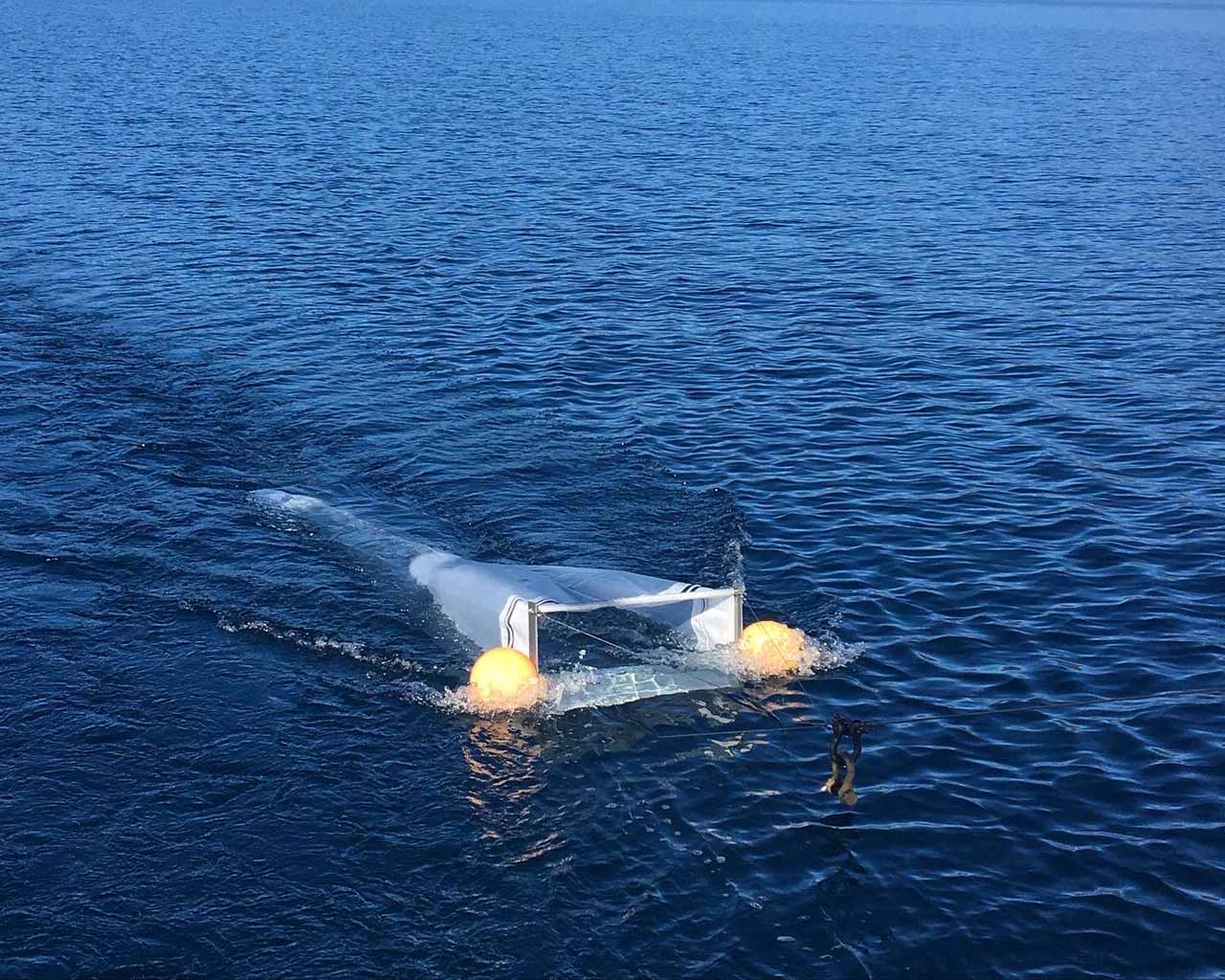
“What we found was that Lake Tahoe has one of the highest averages of microplastics per square kilometer of surface area of any freshwater lake in North America that’s been studied so far,” said Senft. “Our average was around 306,000 particles per square kilometer.”
That amount was startling because Lake Tahoe, unlike many other rivers and lakes, does not have any wastewater routed to it (wastewater often contains household sources like fibers from washing machines). This alpine lake’s sources of microplastics are more likely to be waste left behind from recreation, including plastic bottles, fishing gear and floaty toys. Still, pinning down the precise sources of the polymers is not yet possible. “It’s so hard because everything is plastic,” said Senft. “From our clothing, to the furniture in our homes, food and beverage containers, the toys we bring to the beach and even sometimes, the artificial turf on lawns and in parks, it can all be plastic.”
That challenge isn’t stopping her from learning more. She’s currently analyzing data from an effort this summer, in which she ran lake water through sieves with holes 10 times smaller than the previous nets to see what microplastics the original effort may have missed.
Pathogens hitching a ride
The ocean is another destination for microplastics, which often drift in runoff and wastewater. Researchers have estimated that more than 170 trillion plastic particles, mostly microplastics, are floating in the world’s oceans.
Microplastics in the oceans travel long distances before settling on the seafloor. And the flecks of waste not only pose ingestion risks for marine life; they may also harbor pathogens that have hitched a ride from inland.
Karen Shapiro, an infectious disease expert and professor in the UC Davis School of Veterinary Medicine, is studying whether protozoan parasites may be able to use microplastics to travel out to sea. These parasites typically originate in the feces of domestic animals or people, and through contaminated water threaten ocean wildlife including sea otters, dolphins and seals. One parasite found in cat waste, Toxoplasma gondii, has been found in coastal California waters, where it can kill sea otters.
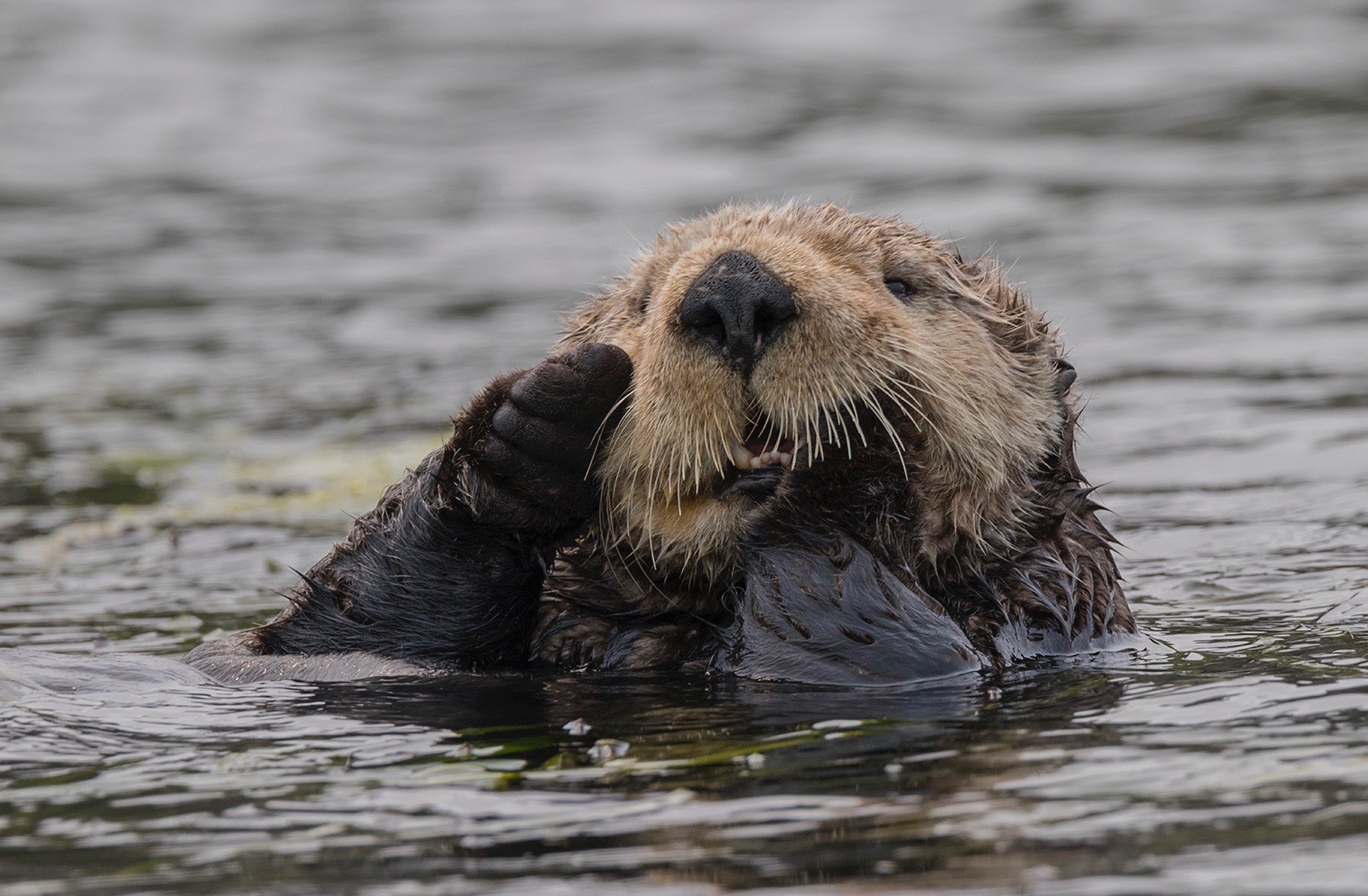
In a laboratory study, Shapiro tested whether sticky biofilms on microplastics are capable of harboring the parasites. Her team mixed microfibers and microbeads into seawater samples, then added three pathogens: Toxoplasma gondii, Cryptosporidium (Crypto) and Giardia. “By the seventh day,” said Shapiro, “there were orders of magnitude more parasites per gram of plastic compared with sea water.”
Now, Shapiro is testing whether oysters exposed to these microplastic parasite rafts gather more pathogens than oysters in plastic-free water (consuming shellfish can expose humans and animals to the parasites). In the future, she plans to follow up these studies by testing samples of freshwater, stormwater runoff and shellfish to see if parasites clump on microplastics outside the lab, too.
Harming health
Not only can microplastics transport pathogens, but they also pose health risks when inhaled and or ingested. While a few stray microfibers are unlikely to cause harm, the tiny particles accumulate inside animals, and they may impact health when they build up.
While there is little research in human populations, a growing body of research in rodents is signaling the potential dangers of microplastics. In a screening of almost 2,000 studies prepared by the California State Policy Evidence Consortium, a collaboration of the University of California, a team of researchers concluded that microplastics are a suspected cancer-causing agent in the digestive system and may pose hazards to the reproductive and respiratory systems as well. The dosage levels in many of the studies were comparable to what humans could be potentially exposed to, said Richard Kravitz, co-director of CalSPEC and an internist with UC Davis Health.
Although more research is needed to understand risks, including epidemiological research in humans, Kravitz said, it’s fair to be worried — especially as policies to limit plastic are not currently keeping pace with the growing volume of waste produced every year.
Toxic byproducts
Some plastics are also toxic in indirect ways. Amelie Segarra, an assistant adjunct professor of anatomy, physiology and cell biology in the School of Veterinary Medicine, is studying a chemical derived from a widespread tire additive that poses dangers to already at-risk fish populations.
Starting in the late 1980s, Washington researchers puzzled over spikes in coho salmon deaths following surges in storm runoff entering streams. Finally, in 2021, researchers in Washington figured out a chemical in the stormwater called 6PPD-Q was responsible for the mortality.
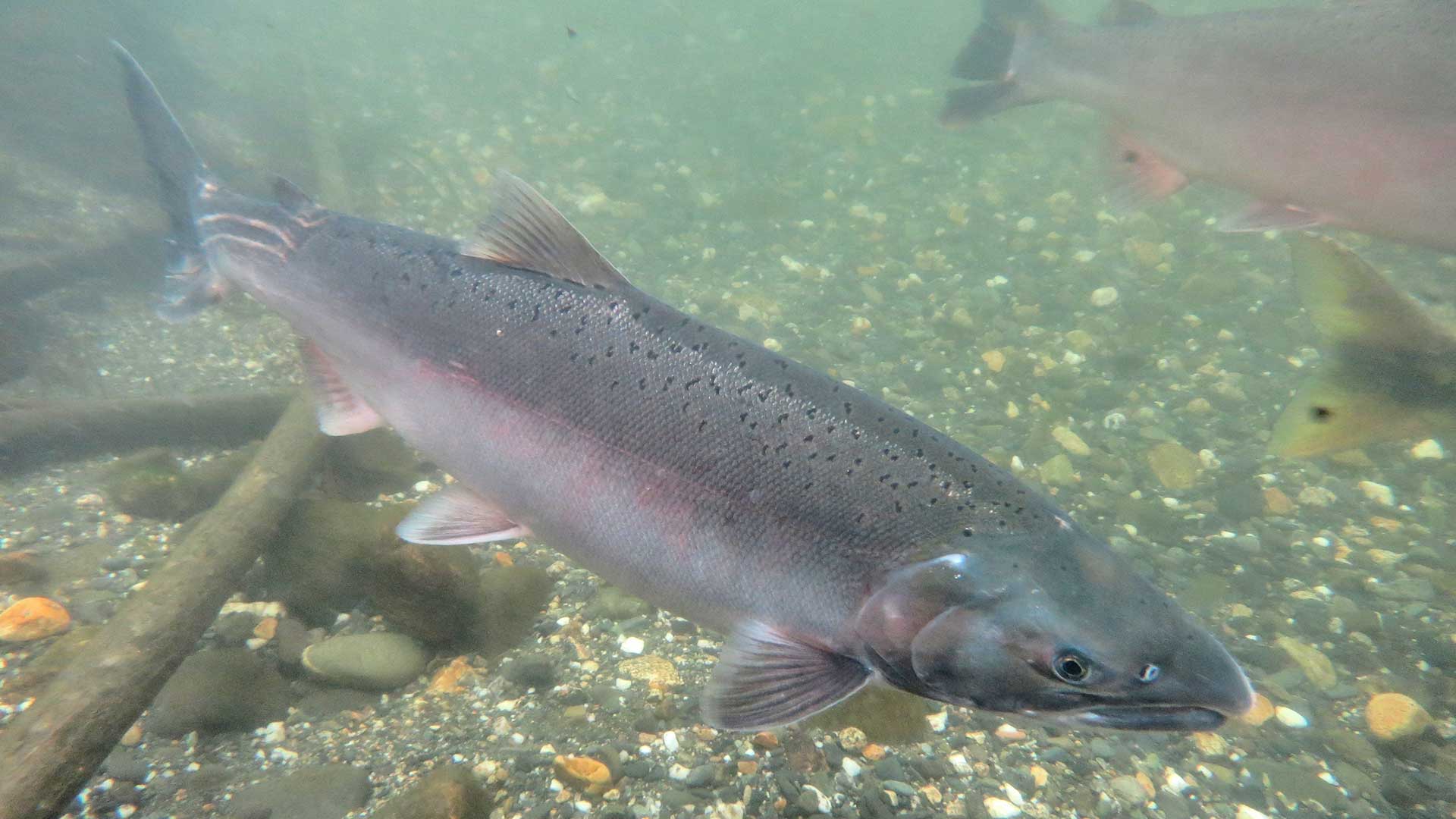
Tire manufacturers add 6PPD to nearly all auto tires to increase durability. As vehicles drive, tire particles containing plastic and 6PPD break off. The 6PPD reacts with ozone in the air to form 6PPD-Q. When it rains, the 6PPD-Q is washed away into streams and rivers.
Recently, Segarra tested the risks 6PPD-Q poses on several California fish species of conservation concern. At a concentration of just 100 nanograms per liter, half of the coho salmon in experiments died. The finding is worrisome because similar concentrations have been measured in the San Francisco Bay, said Segarra.
Even other fish species—Chinook salmon, steelhead, Delta smelt, and longfin smelt—that survived the exposure still showed behavioral effects. Some surviving fish were bolder, increasingly swimming in the center of the tank as opposed to staying near the wall, a change in behavior that would leave them vulnerable to predators in the wild.
Tire manufacturers are already looking for alternatives to 6PPD. But, said Segarra, “Those alternatives will need to be tested to ensure they do not pose similar or new risks to aquatic life.”
Stemming the tide
The threat of microplastics can feel overwhelming in the face of the estimated 242 million metric tons of plastic waste generated every year. But experts say a combination of individual actions and policies can clean up our air and water, reducing risks associated with plastic pollution.
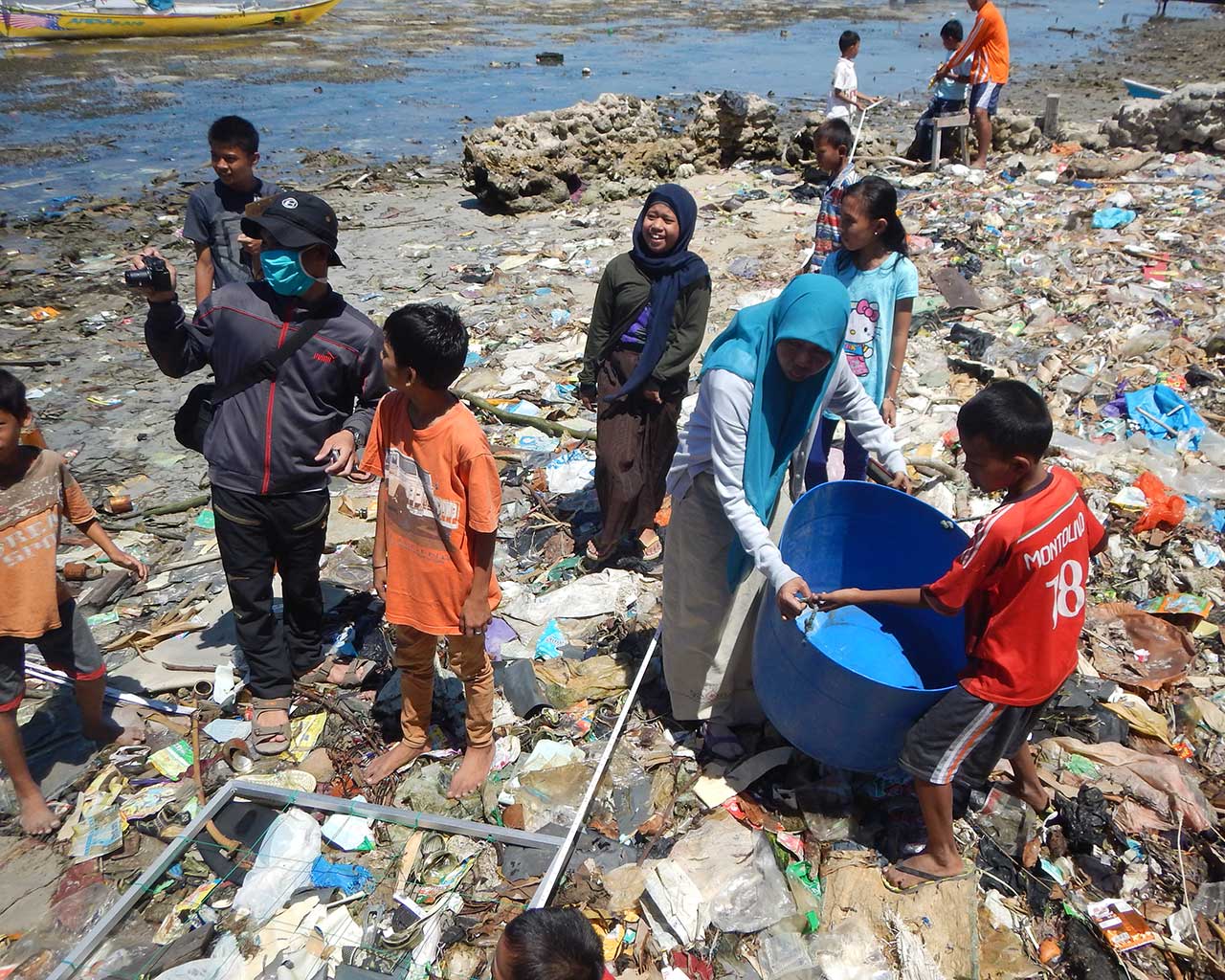
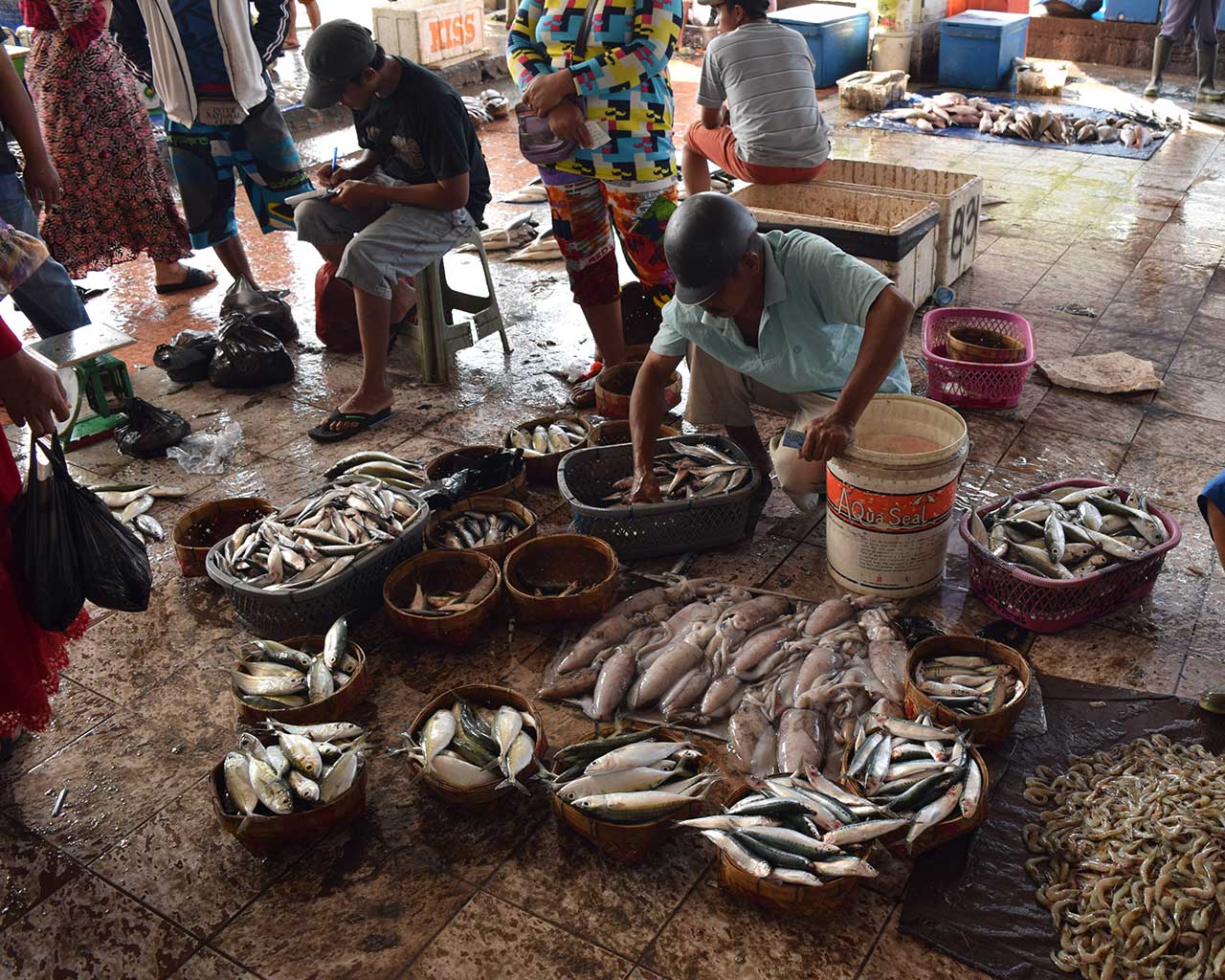
Some governments have started to address microplastic sources. In 2015, California banned microbeads in cosmetics. Several U.S. states have also banned plastic bags, requiring consumers to purchase one if they need it for groceries. France recently mandated that laundry machines include filters capable of capturing the stray filaments that slough off from synthetic clothing.
That said, more efforts are needed to target microplastics from sources including tires, brakes, and laundry machines, the authors of the CalSPEC report concluded. “Also, there’s been remarkably little research on the impact of policies,” added Kravitz. “When you ban microbeads or when you or when you ban plastic bags, what is actually the effect?”
Individual choices can also have an impact, especially when added up, said Senft. “It sounds simple, but if everyone brought their own bags to the grocery store, their own water bottle everywhere, their own coffee cup, you can’t deny that that would make a huge impact.”
